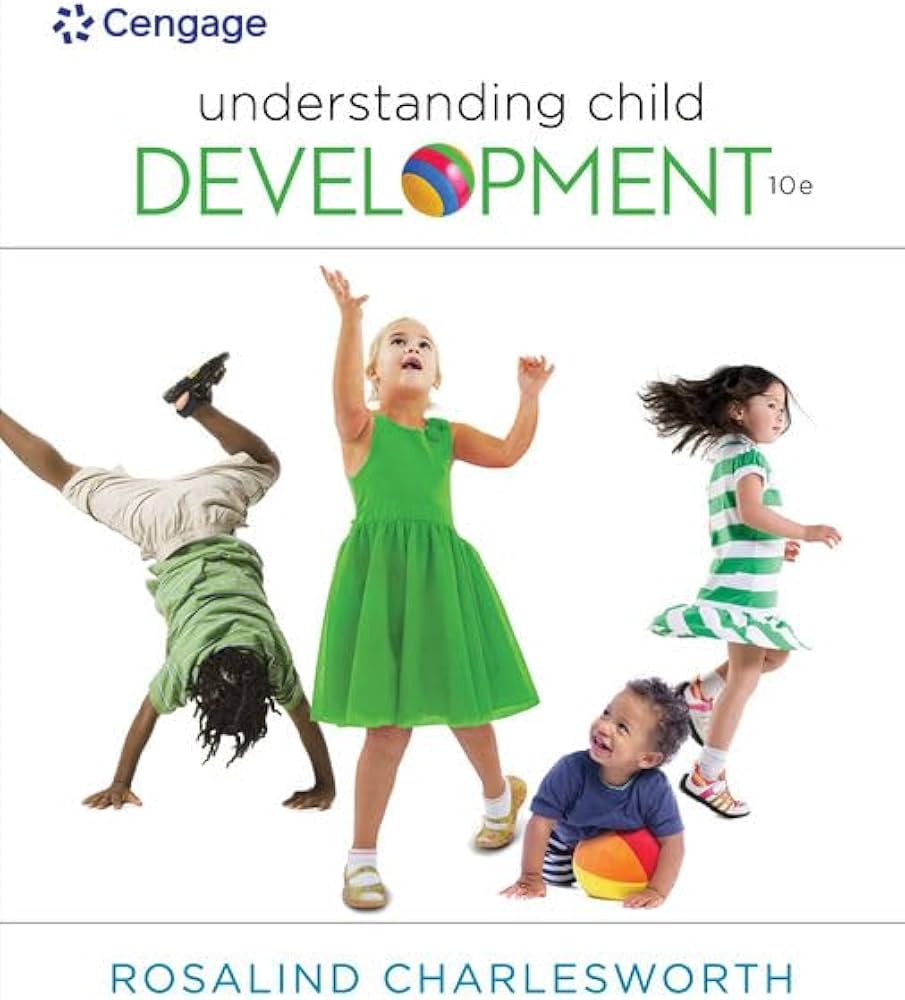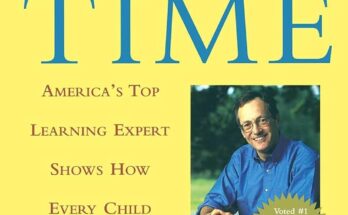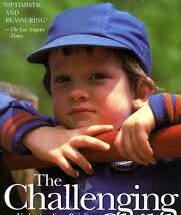
Understanding Child Development by Rosalind Charlesworth
Child development is a fascinating and complex field that encompasses the physical, cognitive, emotional, and social growth of children from birth through adolescence. In her book, Rosalind Charlesworth provides a comprehensive overview of the various stages of child development, offering valuable insights for parents, educators, and anyone interested in the well-being of children.
Introduction to Child Development
The study of child development involves understanding how children grow and change over time. It covers various domains including physical, cognitive, emotional, and social development. Rosalind Charlesworth emphasizes the importance of considering the whole child, recognizing that these domains are interconnected and influence each other significantly.
Physical Development
Physical development refers to the changes in body size, shape, and function over time. This includes growth in height and weight, as well as the development of motor skills. Charlesworth outlines the typical milestones in physical development from infancy through adolescence, providing benchmarks for parents and caregivers to monitor progress.
| Age | Physical Milestones |
|---|---|
| 0-1 year | Rolling over, sitting up, crawling |
| 1-2 years | Walking, running, climbing |
| 2-3 years | Jumping, throwing, kicking |
Cognitive Development
Cognitive development involves the progression of thinking, problem-solving, and understanding the world. Charlesworth discusses key theories of cognitive development, such as those proposed by Piaget and Vygotsky, and explains how these theories apply to real-world settings. Understanding cognitive development helps in creating supportive learning environments.
| Stage | Description |
|---|---|
| Sensorimotor | Birth to 2 years, learning through senses and actions |
| Preoperational | 2 to 7 years, symbolic thinking and language development |
| Concrete Operational | 7 to 11 years, logical thinking about concrete events |
| Formal Operational | 12 years and up, abstract and moral reasoning |
Emotional Development
Emotional development is the process by which children learn to understand and manage their emotions. This includes developing empathy, forming healthy relationships, and building self-esteem. Charlesworth highlights the importance of secure attachments in early childhood and provides strategies for parents and educators to support emotional growth.
Social Development
Social development involves learning how to interact with others and navigate social environments. Charlesworth discusses the role of family, peers, and educators in socialization. She also covers the impact of culture and society on social development and the importance of fostering positive social skills from an early age.
| Age | Social Milestones |
|---|---|
| 0-1 year | Attachment to primary caregiver, recognizing familiar faces |
| 1-2 years | Parallel play, beginning of cooperative play |
| 2-3 years | Interactive play, developing friendships |
Importance of Play
Play is a crucial component of child development, serving as a primary means through which children learn about themselves and the world around them. Charlesworth emphasizes that play supports physical, cognitive, emotional, and social development. She provides numerous examples of how different types of play contribute to various developmental domains.
Role of Parents and Educators
Parents and educators play a vital role in supporting child development. Charlesworth offers practical advice for creating nurturing environments that promote growth in all areas of development. This includes strategies for effective communication, setting appropriate boundaries, and encouraging exploration and learning.
Conclusion
Understanding child development is essential for anyone involved in the care and education of children. Rosalind Charlesworth's comprehensive approach provides a valuable resource for understanding the complexities of how children grow and change. By recognizing and supporting the interconnected domains of development, we can help children reach their full potential.
For more information and resources, visit Read Review Talk and our blog.



